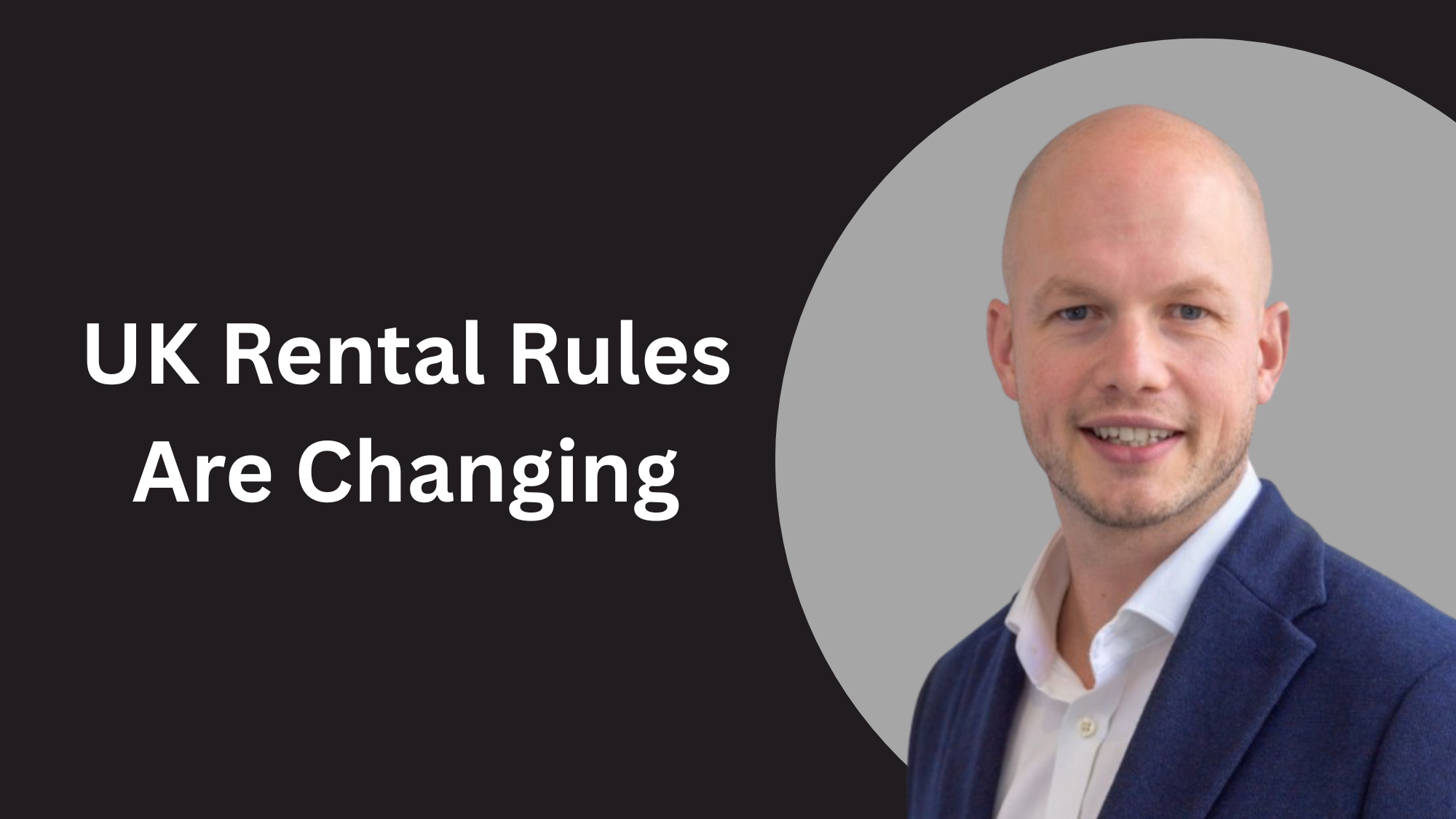In real estate, clarity isn’t optional — it’s foundational. If you don’t know what you’re trying to achieve, you’ll chase shiny deals, burn time, and make misaligned decisions.
This section will help you define your personal goals, choose the right strategy, and build a path that aligns with your finances, timeline, and risk tolerance.
1. Start with the End in Mind
Are you investing for cashflow? Capital growth? Retirement? A career shift?
Your “why” shapes your “how.” For example:
- Cashflow Goal: You’ll focus on rental yield, tenant turnover, and operating costs.
- Capital Growth Goal: You’ll invest in appreciating markets or renovation projects.
- Freedom Goal: You’ll build semi-passive income through buy-to-let or managed STRs.
Clarity now saves regret later.
2. Define Short-Term vs Long-Term Goals
It’s okay to think in layers:
- Short-term (1–2 years): Learn the ropes, save for deposit, buy your first property.
- Mid-term (3–5 years): Own 2–3 income-producing assets.
- Long-term (5–10+ years): Replace your salary, reach a net worth goal, or retire early.
Break your ambitions into achievable stages.
3. Be Specific & Measurable
A goal like “I want to invest in property” is vague. A better version:
The more specific you are, the easier it becomes to reverse-engineer your next steps.
4. Match Goals with Investment Style
Your goals should match your time, risk profile, and personality:
- Want low effort? Consider long-term single lets.
- Want to be hands-on? Look at renovations or flips.
- Want to scale fast? Explore BRRR or JV partnerships.
The “best” strategy is the one that fits your life.
5. Use the 3P Framework: Purpose, Profit, Plan
Ask yourself:
- Purpose: What does success look like in 1, 5, and 10 years?
- Profit: What income, equity, or value do you expect to generate?
- Plan: What steps, milestones, and skills do you need to develop?
This turns vision into action.
Final Thoughts
Clear goals are the foundation of everything that comes next. Without them, even the best strategy can fail. With them, even a small start can scale big.
Define your direction — then we’ll show you how to move toward it.



























Discussion